AKAI MPC Live III Review: Welcome to the Future
The Most Powerful Standalone MPC of all Time
The AKAI MPC Live III is finally here! As the first MPC of a new generation, the Live III marks a quantum leap – not only in terms of memory and power, but also in terms of workflow and expression. We put it to the test.
All about the AKAI MPC Live III
AKAI MPC Live III: Quick Facts
- 8-core CPU
- 8 GB RAM, 128 GB internal memory
- Expressive MPCe pads with 3D sensing technology
- Assignable touch strip
- Step buttons for TR-style sequencing
- Clip matrix
- Desktop-quality stem extraction
- Built-in lithium-ion battery, speaker, and condenser microphone
AKAI MPC Live III Review
Over the past few years, we’ve often wondered when AKAI Professional would present a successor to the MPC Live II. Most recently, everyone got all excited just before the 2024 NAMM Show, but the leaked photos turned out to be the MPC Key 37. If you’ve been out and about on the internet during the past few weeks, you may have already heard that the time has finally come: The new MPC Live III marks the arrival of a new generation of standalone MPCs – just one day after Roland caused a stir with the TR-1000. Good times for all groove enthusiasts!
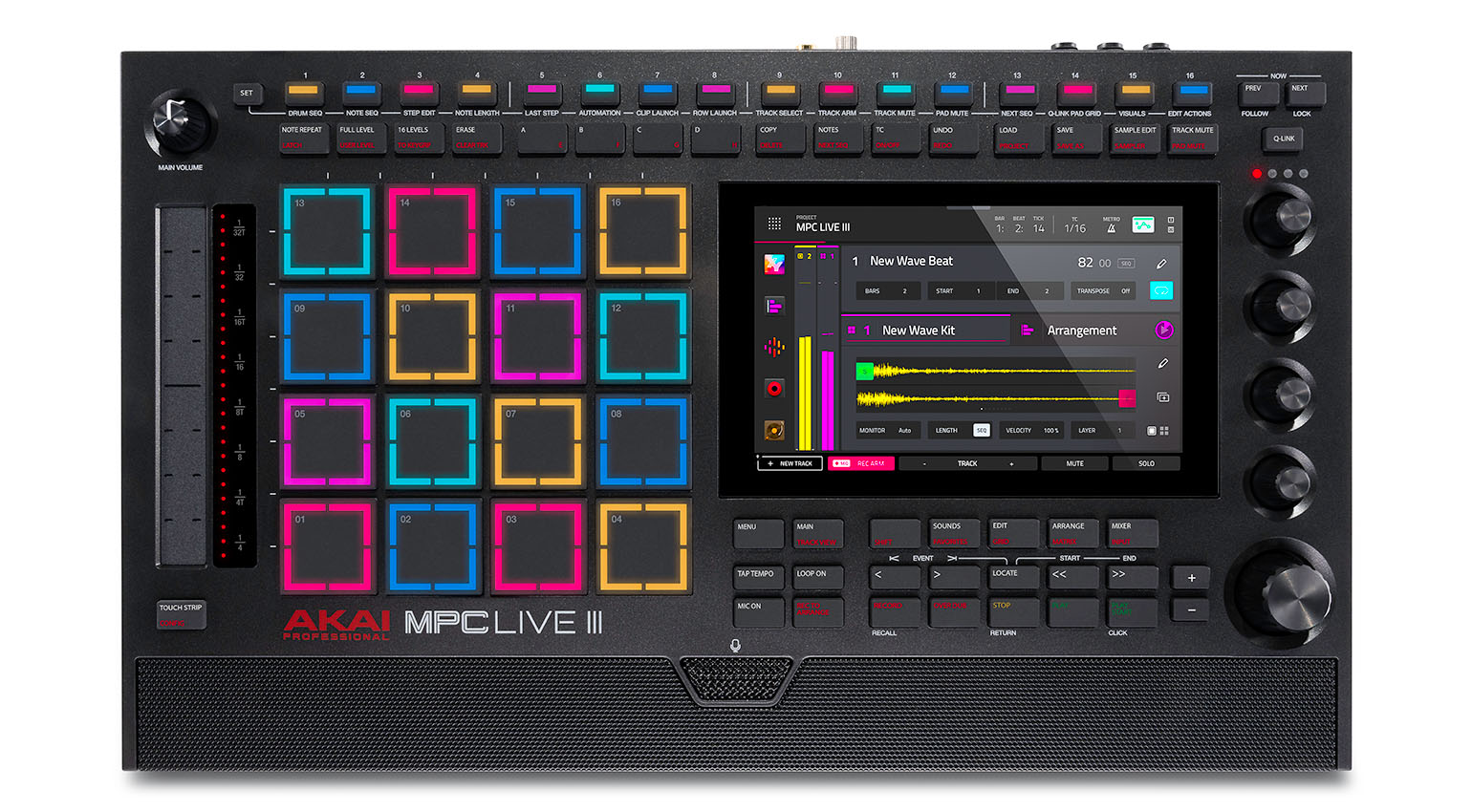
I was lucky enough to be given the opportunity to try out the AKAI MPC Live III ahead of its launch. And to cut right to the chase: The third generation of the MPC Live is much more than a facelift. Usually, you get a bit more memory, maybe a bigger screen, a couple of new buttons and functions, and that’s it. But this time around, AKAI has really gone all out. The Live III not only offers more of everything, but also opens up completely new production and performance workflows. In this respect, this release marks the beginning of a new era in the rich history of the MPC.
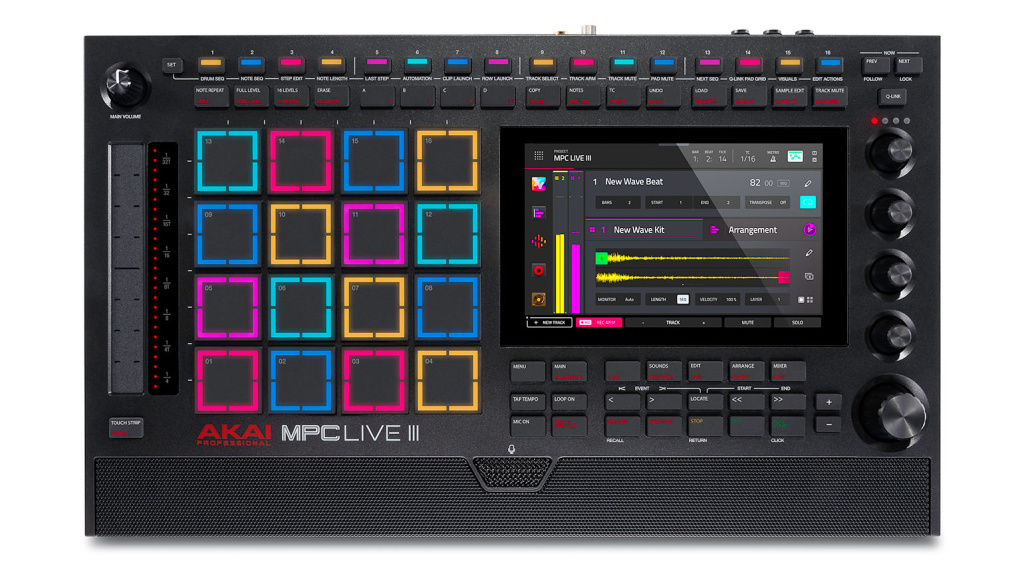
MPC Live III: How much Power Would You Like?
Let’s start by taking a quick look at the key specs. As you might expect, the Live III offers more memory and a faster CPU than any other MPC before it. The quad-core processor found in previous models has been replaced with an 8-core CPU. With four times the processing power of the Live II, the Live III can handle up to 32 plugin instances and 16 audio tracks. The new CPU also significantly speeds up power-hungry functions such as stem extraction. Consequently, the Live III is the first standalone MPC to support the high-quality zplane Stems Pro algorithm, which was previously only available in the MPC desktop software.
The new model also doesn’t skimp on memory, offering 8 GB of RAM and a whopping 128 GB of internal storage. With that, the Live III pulverizes the specs of the previous top-of-the-line model, the MPC X SE, which didn’t even offer half as much.
Of course, you can always add additional storage using external USB media, an SD card, or even a permanently installed SATA SSD.
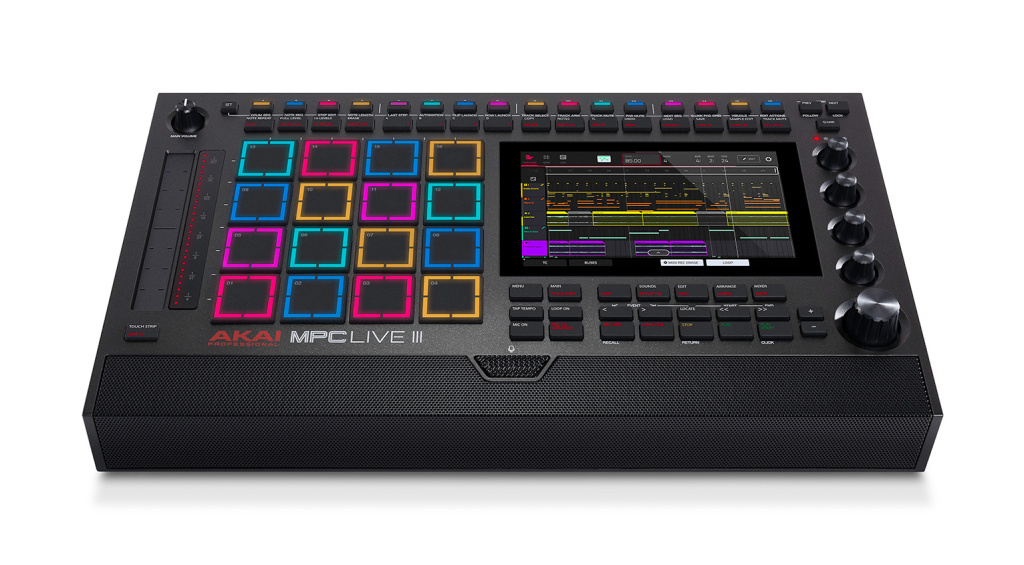
MPC Live III: MPCe is the Future
However, the first glance at the panel reveals that this is so much more than a performance upgrade. Although the MPC Live III is only marginally bigger than its predecessor and features the same basic layout, it has more than twice as many buttons, not counting the pads. According to AKAI Professional, the goal was to build the ultimate DAWless production and performance platform. And they’ve come up with some clever ideas to achieve this.
On the left-hand side, a new assignable touch strip has been added. You can use it, for example, to send controller data or to manipulate the note repeat values in real time. The strip also lets you quickly adjust pad and track levels and control the new Touch FX to spice up your performances.
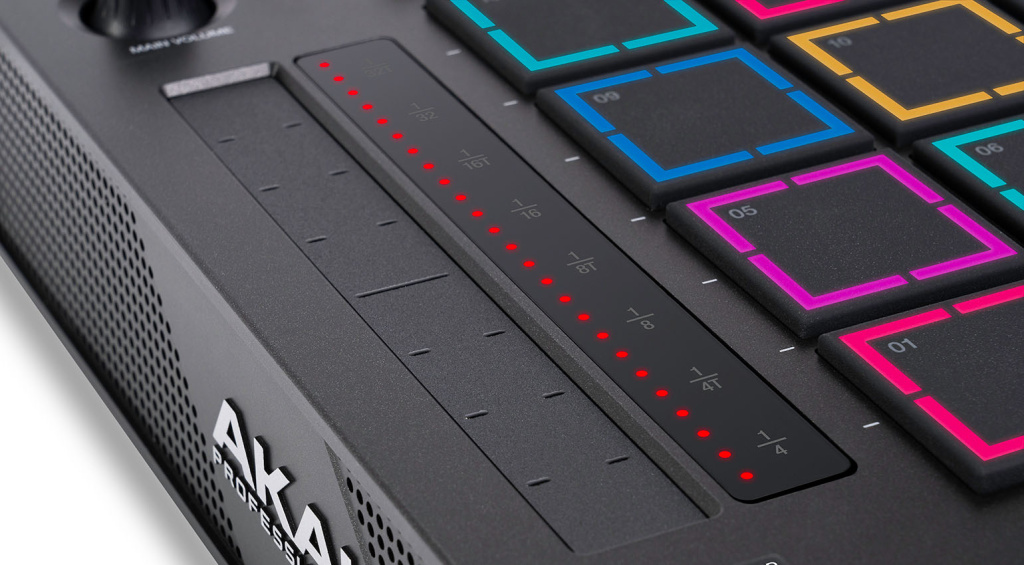
What’s even more exciting, however, is that the pads are obviously quite different from previous MPCs. There’s a visible separation between the four corners of each pad, and each corner can light up in a different color. Meet the most groundbreaking new feature of the MPC Live III: the expressive MPCe pads.
The sturdy rubber pads have been a non-negotiable feature of every MPC ever since Roger Linn invented the pad sampler back in the ‘80s. Making changes to the pads is always a risky move for the manufacturer; the tradition-conscious user community doesn’t seem to appreciate experiments. So the pads haven’t really evolved much over the years. The MPC2000XL was the first to offer aftertouch, the MPC5000 introduced illuminated pads. Compared to those cautious baby steps, the new MPCe pads are a huge leap.
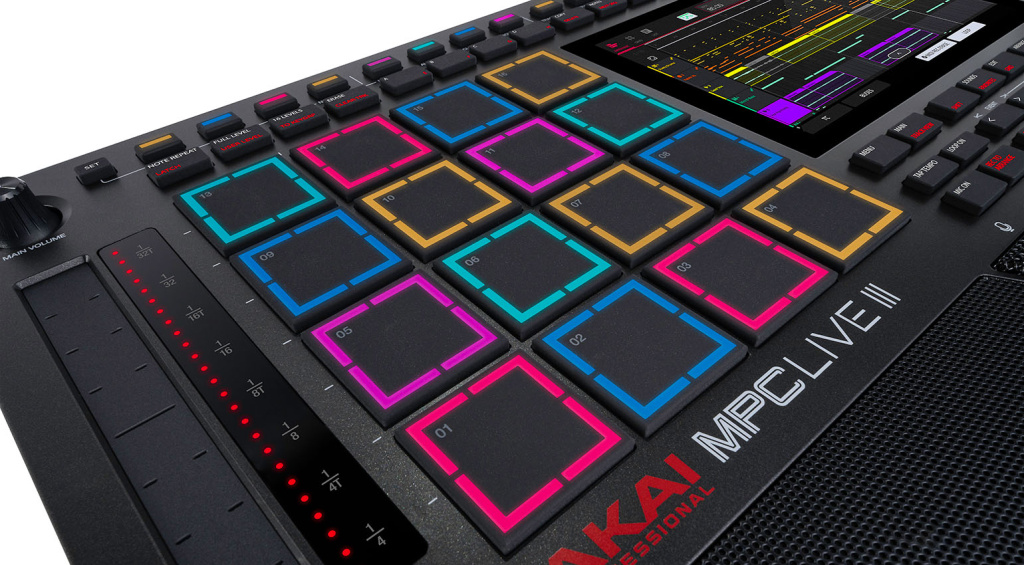
Equipped with three-dimensional sensing technology, the new pads not only detect velocity and polyphonic aftertouch, but also continuously track the position of the finger. This opens up a new layer of expression previously unheard of in the MPC universe.
While I don’t consider myself an MPC purist, I’ll admit that I was a little skeptical at first. The response of the pads is undoubtedly one of the things that make or break an MPC. Could adding a whole new dimension make things more complicated than they should be? While I was waiting for my review unit to arrive, I wondered if I’d find myself constantly hitting the wrong spots, making it impossible to get a tight groove.
Fortunately, I quickly realized that these concerns were completely unfounded. When the MPC Live III is used in the traditional MPC fashion—sample, chop, play—the pads work just like you’d expect, and they don’t seem to care at all where you hit them.
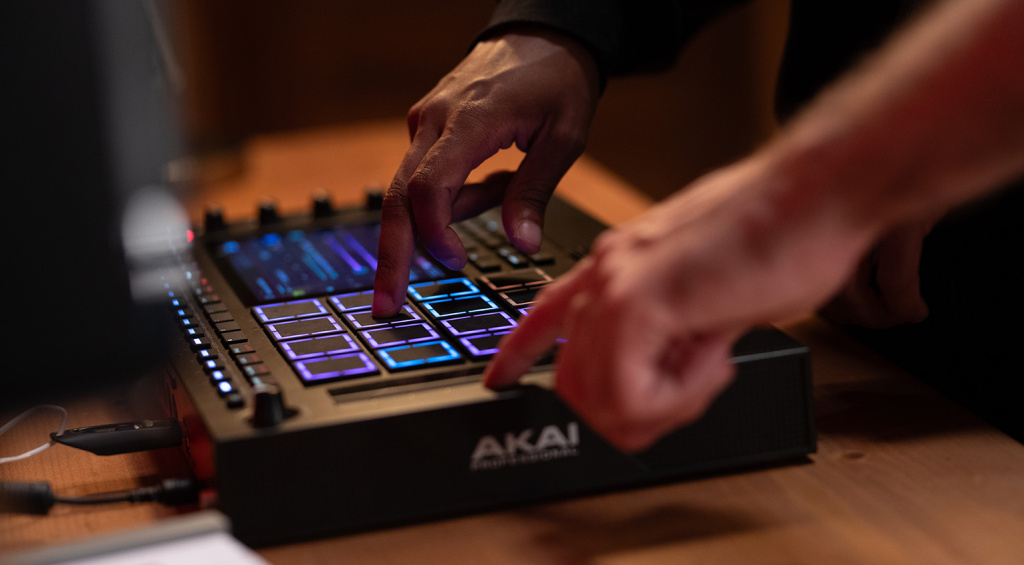
However, they can do so much more. To get an idea of what’s possible with MPCe, I loaded a few kits from the new “MPCe Expressive Kits” expansion, which are designed to showcase the new possibilities. And I quickly realized that AKAI hasn’t promised too much: the new pads really do open up a new expressive dimension.
For example, you can assign four layers of a pad to the four quadrants, allowing you to play four different samples or articulations on a single pad. Open and closed hi-hats on opposite corners of a pad? No problem. Snare, rimshot, flam, and roll, or four different toms on one pad? Also easily doable. Thanks to the MPCe pads, you can now cram up to four times as many sounds into a single pad bank. The response of the quadrants is reassuringly precise, making it easy to hit the right sounds.
But it goes much further than that, as you can also assign the X and Y positions on the pad to modulate parameters of your choice. For example, you can configure a pad so that the snare sounds muffled and dry in the lower left corner and bright and airy in the upper right, with precise control over everything in between just by hitting different spots on the pad.
While they’re great for drums, I found the new expressive possibilities to be especially inspiring with longer samples. Since the position is continuously tracked while you press down on a pad, you can now interact with samples in a completely new way (at least in MPC land). The new pads can be used to control filters and LFOs, change the pitch, modulate effects, or pretty much anything you want – in real time, while the samples are playing, and simultaneously for each pad. It doesn’t take much imagination to realize that this allows for incredibly expressive performances that were previously impossible on an MPC.
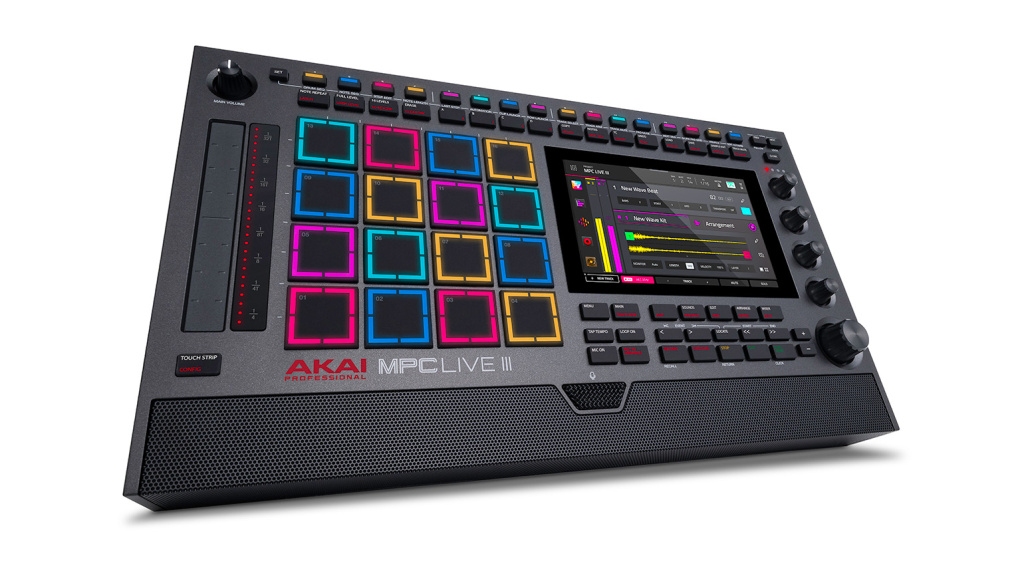
MPC meets TR: New Step Sequencer Buttons
However, the new pads aren’t the only big step forward. At the top of the panel, the MPC Live III sports 16 new step buttons similar to those found on drum machines such as the Roland TR series. While the step sequencer has been around for a while in the MPC software, it now gets a dedicated hardware interface. This makes the MPC Live III all the more attractive for anyone who swears by the workflow of classic drum machines or Elektron devices.
It’s important to note that the step sequencer isn’t an independent sequencer. Instead, the step buttons are merely an alternative input method for adding notes to the MPC’s existing sequencer. This means you can switch seamlessly between the pads and the buttons at any time, depending on which method of working makes the most sense at the time. For example, you could quickly lay down the kick and hi-hat using the step buttons and then add additional drums and samples in real time on the pads — without having to switch modes or pause the sequence.
The step sequencer is of course particularly well suited for drums, but you can also use it to sequence melodies and chords using the pads or an external MIDI keyboard to enter pitches.
Step Edit mode provides access to a slew of step parameters, such as velocity, ratcheting, probability, and nudge. In addition, each step can have its own setting for a number of sound parameters, including envelopes, filters, tuning, mix, and sample. This means that the MPC Live III also offers what would be referred to as parameter locks in the Elektron universe. Thanks to the new buttons, the workflow is now much more hands-on and intuitive than before. Very nice!
However, the new step buttons also come in very handy for many other tasks besides entering and editing steps. In various other modes, they offer quick access to functions such as Track Arm, Track Mute, Pad Mute, and Next Sequence. In Q-Link Pad Grid Mode, you can assign the step buttons to perform a wide variety of tasks, e.g., muting groups of tracks or turning effects on and off. Anyone who performs live will quickly appreciate this feature, as it means less fiddling with the touchscreen.
And last but not least, the step buttons can also be used to launch clips and scenes, which brings us to the next topic.
MPC meets Force: Clip Matrix
The MPC Live III comes with another important new feature that caters to the needs of modern electronic producers and performers. The new OS version MPC 3.6, which is being released at the same time as the hardware, introduces a Force-style Clip Launcher. The new Clip Matrix view displays tracks and clips in an 8×8 matrix similar to the AKAI Force or clip-based DAWs such as Ableton Live. Clips and scenes can be launched via the touchscreen, the pads, or, as described above, the 16 step buttons. This opens up another new performance workflow that was previously unavailable on the MPC, making the Live III a true “jack of all trades” among hardware grooveboxes. Classic pad sampling, TR-style step sequencing, and now clips – just pick the workflow that suits your personal preferences and musical style.
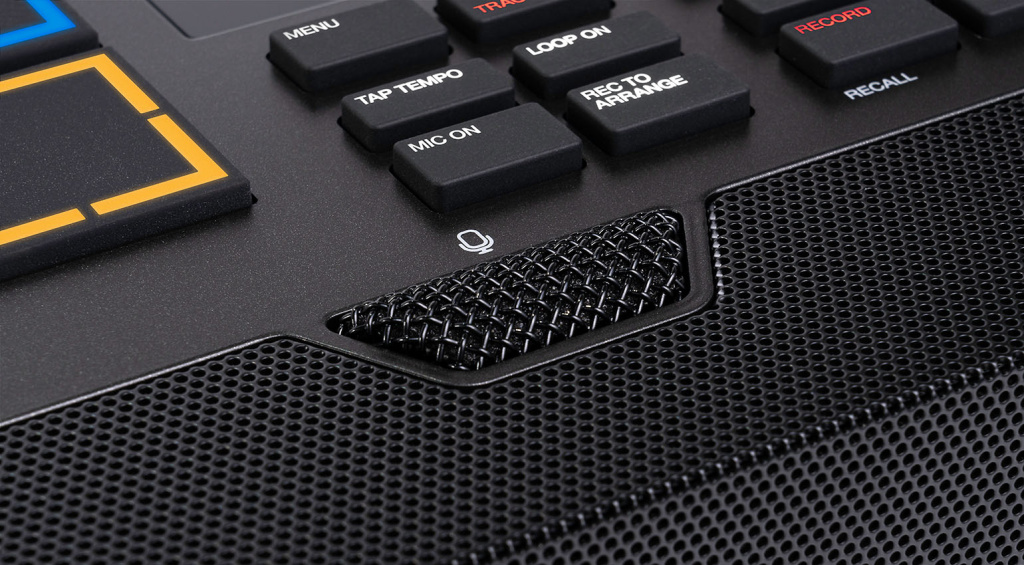
Hardware Upgrades: Now with a Built-in Microphone
We already looked at the most groundbreaking new hardware features, such as the MPCe pads, the step buttons, and the touch strip. But the MPC Live III has a few more new tricks up its sleeve that set it apart from its predecessor. The original MPC Live was already designed for portability with its integrated battery and speakers. In addition to this, the new version offers a built-in condenser microphone conveniently located between the speakers. The mic sounds pretty decent and is great for sampling on the spot. It also turns the MPC Live III into a field recorder, although I’d probably choose a slightly more compact device if this was my main goal.
Some of the connectors on the back have also been updated. The new USB-C port allows for transferring up to 24 audio and 32 MIDI channels to and from the computer via a single cable for seamless integration into a DAW-based studio. You can also sample directly from smart devices. The two additional USB Type A ports for external storage media and controllers have been retained. However, AKAI has removed the Ethernet port, focusing instead on wireless Wi-Fi and Bluetooth connectivity. I reckon most people won’t mind.
Nothing has changed in terms of the three stereo output pairs, the dual MIDI inputs and outputs, the four CV/Gate jacks, and the RCA inputs, all of which have been carried over from the Live II. Unlike its predecessor, however, the MPC Live III features a pair of XLR-1/4” combo inputs with preamps and even phantom power, allowing you to connect microphones directly. At the risk of repeating myself: this machine can do (almost) everything.

AKAI MPC Live III: Conclusion
Far more than just a refresh, the new AKAI MPC Live III marks a real quantum leap in the history of the MPC. As the most powerful MPC to date, it’s an extremely capable standalone platform that can handle every phase of music production, from sampling and beatmaking to producing and mixing to expressive live performances on stage.
The MPC Live III not only offers more power and memory than any other MPC before it, but also opens up a whole new expressive dimension thanks to the new MPCe pads and touch strip. The new step sequencer buttons and clip matrix offer new workflows previously associated with classic drum machines and clip-based DAWs, expanding the horizon to a wider range of electronic styles.
There’s almost nothing it can’t do. Classic MPC-style sampling? Check. TR-style step sequencing? Check. Force-style clip launching? Check. Expressive performance with three-dimensional pads and polyphonic aftertouch? Check. Producing on the go without additional hardware? Check. 24 audio channels via USB? Check. The list goes on and on.
It goes without saying that a machine of this caliber comes with a certain learning curve. The manual—I had access to a preliminary draft for this review—is over 450 pages long. But you only have to read what you need at any given time…
The bottom line is that the MPC Live III is undoubtedly the most comprehensive and powerful MPC ever made. This makes us curious about what AKAI has planned for the future. Will the MPC X also get a successor with all these new features, and (presumably) even more of everything? We can’t wait to find out!
Price and Availability
The AKAI MPC Live III is now in stock at Thomann* for $1,555 / £1,422 / €1,599.

AKAI MPC Live III: Pros and Cons
Pros
- More power and memory than any other MPC
- Expressive MPCe pads
- Touch strip
- Step buttons for TR-style sequencing
- Clip matrix
- Built-in lithium-ion battery, speaker, and microphone
- Excellent connectivity
- Excellent build quality
Cons
- Rather steep learning curve for MPC beginners
More Information
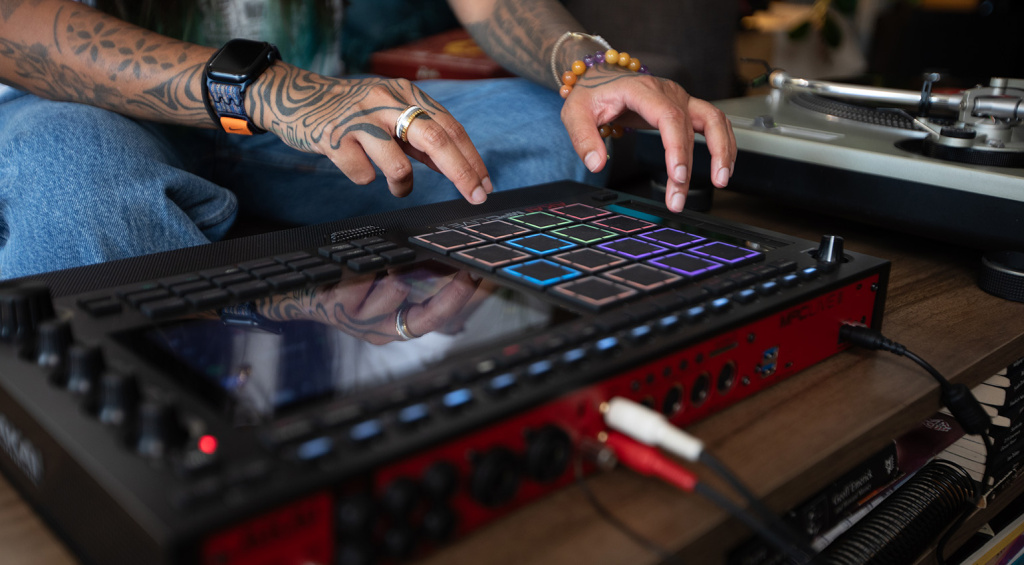
*This post contains affiliate links and/or widgets. When you buy a product via our affiliate partner, we receive a small commission that helps support what we do. Don’t worry, you pay the same price. Thanks for your support!
6 responses to “AKAI MPC Live III Review: Welcome to the Future”

You are currently viewing a placeholder content from Facebook. To access the actual content, click the button below. Please note that doing so will share data with third-party providers.
More InformationYou are currently viewing a placeholder content from Instagram. To access the actual content, click the button below. Please note that doing so will share data with third-party providers.
More InformationYou are currently viewing a placeholder content from X. To access the actual content, click the button below. Please note that doing so will share data with third-party providers.
More Information
 4,5 / 5,0 |
4,5 / 5,0 | 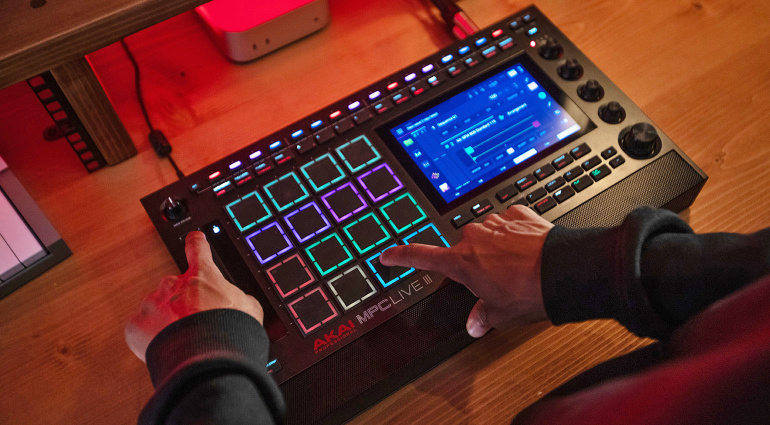


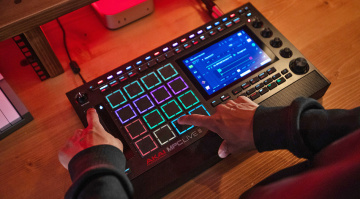

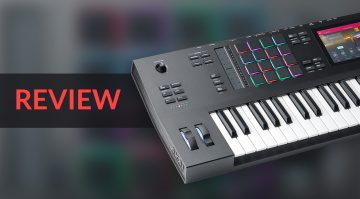
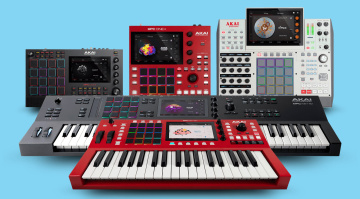
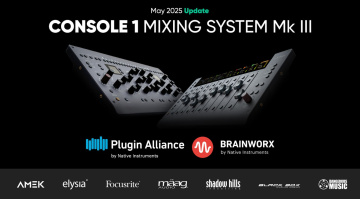
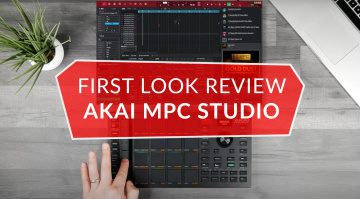
It’s finally a usb audio in/out – game changer
“More than twice as many knobs as it’s predecessor”… this should say buttons. The knobs are the same.
Exciting update though!
1700 euro is to expansive. But looks nice
I wish they did a goofy version. Pads on the left of the device have always been a major turn off for me.
Expensive but very nice! Used an MC707 a lot, and I can tell you a combination of Scenes and a Clip Matrix is by far the quickest way to sequence a whole tune. There is no clearer and quicker way to make a song from patterns. With that being on this MKIII, I think that’s a really smart move by Akai. Getting my balaclava out to rob the local bank, it’s the only way I’ll afford one in the next 6 months.
Does anyone know if the MKIII has a sidechain compressor? The one on the Drumlogue is fantastic, the best we’ve used. That’s got to be standard for grooveboxes in future, all new drummers, grooveboxes and workstations should have sidechain compressors by now, it’s nearly 2026, nuclear holocaust permitting….